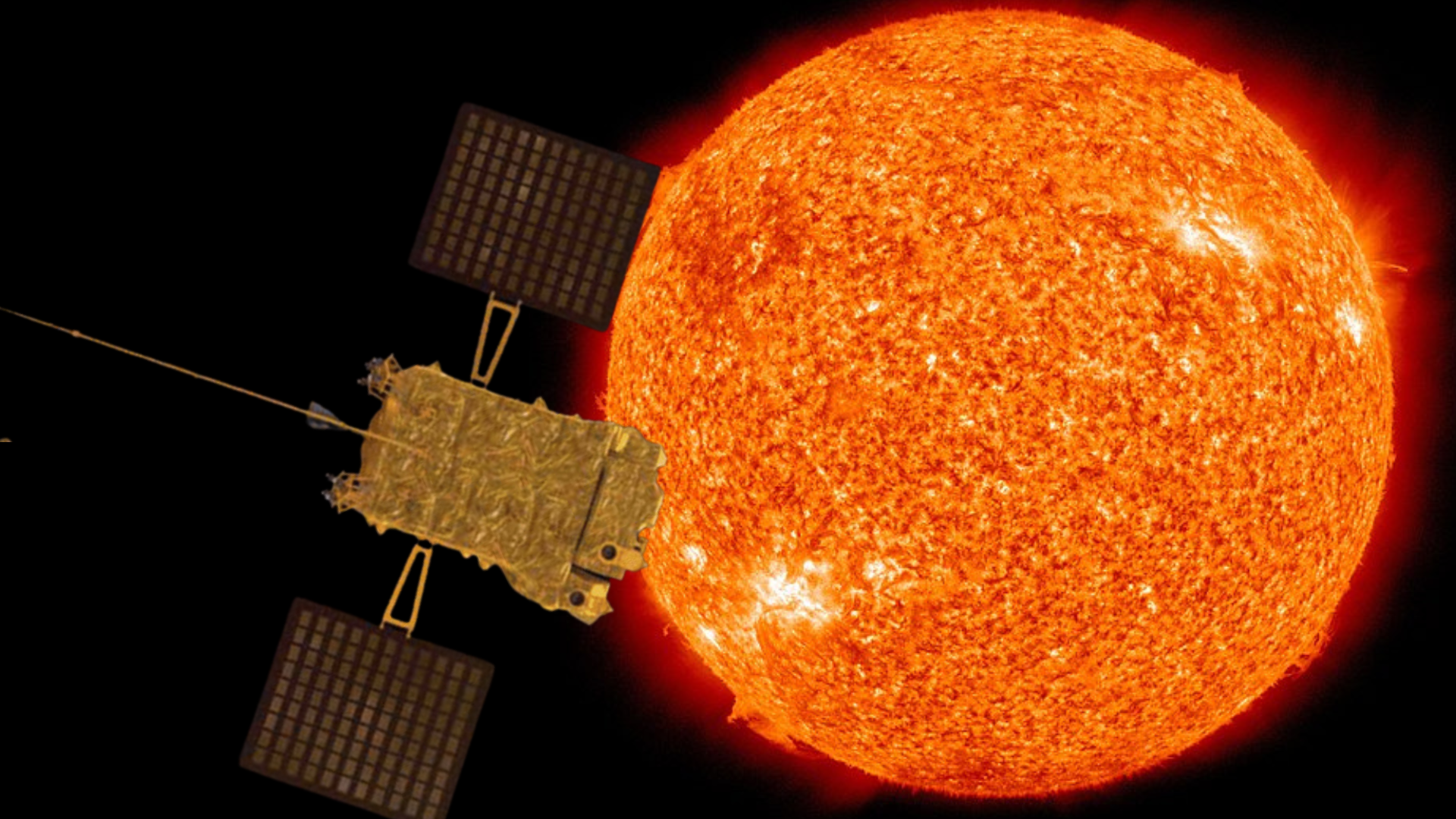India's space agency has been carefully watching our sun's solar tantrums
The Indian Space Research organization collected solar data this month from the ground, near the sun and even from next to the moon.

As you might've heard, there's a little bit of solar activity going on. Okay, a lot of solar activity. In fact, there's been so much solar activity that some heliophysicists — not to mention laypeople waiting to witness the aurora — have probably not slept for the last week or so.
Of course, space agencies across the world have been racing to collect data from these intense solar storms bombarding Earth with highly charged particles. And one such agency, The Indian Space Research Organization (ISRO), has just released some of its preliminary observations collected through both ground stations and spacecraft.
Related: How do you forecast a solar storm? Space weather experts explain
From the ground, ISRO reports that its Thumba node of the Indian Network for Space Weather Impact Monitoring (INSWIM) recorded a 100 percent increase in total electron content (TEC) on May 11 compared to the previous day. Meanwhile, in space, ISRO observed the solar activity from the Aditya-L1 solar observatory, which is located at the L1 Lagrange point, as well as the Chandrayaan-2 lunar orbiter that's hanging out around the moon.
Aditya-L1 is ISRO's first mission to observe the sun, and the spacecraft only arrived at L1 in January this year — just in time to catch the latest outburst of solar activity. The craft's Aditya Solar Wind Particle Experiment (ASPEX) payload, which comprises the Solar Wind Ion Spectrometer (SWIS) and SupraThermal and Energetic Particle Spectrometer (STEPS), observed high-speed solar wind, high-temperature solar wind plasma and energetic ion flux during the sun's frenzy.
Aditya-L1's two X-ray instruments observing the sun, the Solar Low Energy X-ray Spectrometer (SoLEXS) and the High Energy L-1 Orbiting X-ray Spectrometer (HEL1OS), also observed great spikes in a light curve that corresponds to the series of X-class and M-class solar flares that erupted during the last week. Those flares' signatures were also recorded by Aditya-L1's magnetometer as the emissions passed through L1.
As for Chandrayaan-2, its latest solar observations are a testament to the fact the lunar orbiter doesn't only study the moon. Its Solar X-ray Monitor (XSM) indeed keeps an eye on the sun. During last week's events, that monitor not only observed the X-rays from the solar flares, but also an increase in the local high-energy particle environment.
Breaking space news, the latest updates on rocket launches, skywatching events and more!
Overall, ISRO's ground stations and spacecraft are all putting in a little overtime as the sun continues to erupt, providing researchers with plenty of data to study in the days, weeks, and months to come.

Space.com contributing writer Stefanie Waldek is a self-taught space nerd and aviation geek who is passionate about all things spaceflight and astronomy. With a background in travel and design journalism, as well as a Bachelor of Arts degree from New York University, she specializes in the budding space tourism industry and Earth-based astrotourism. In her free time, you can find her watching rocket launches or looking up at the stars, wondering what is out there. Learn more about her work at www.stefaniewaldek.com.

